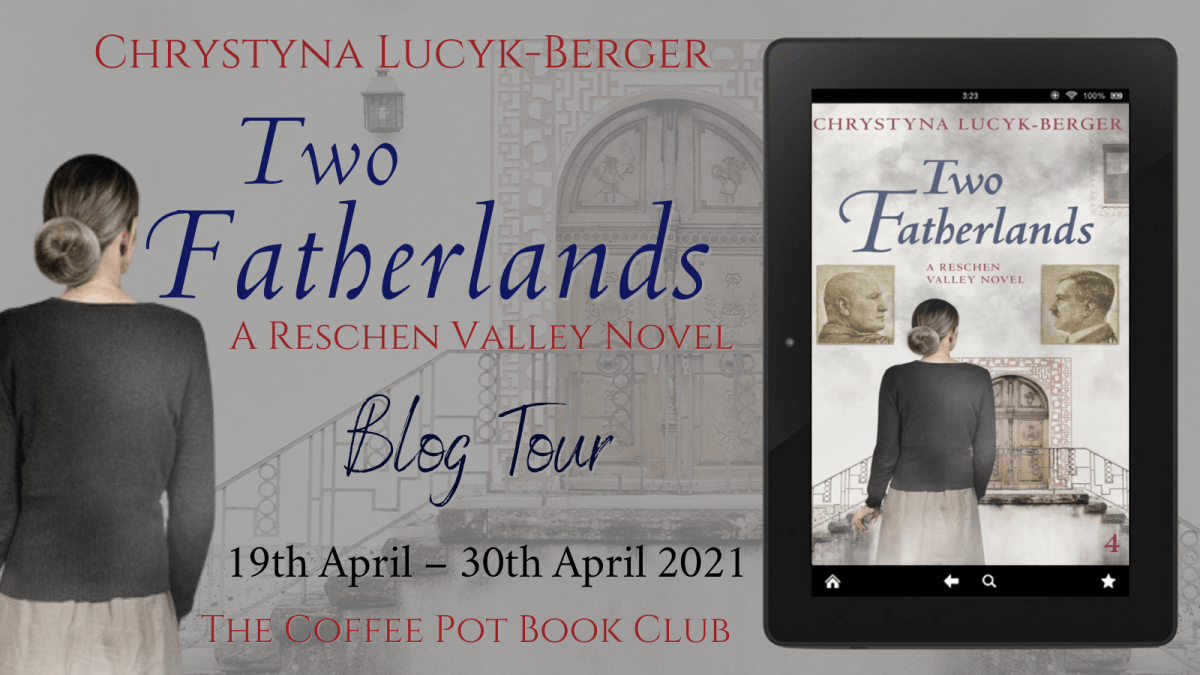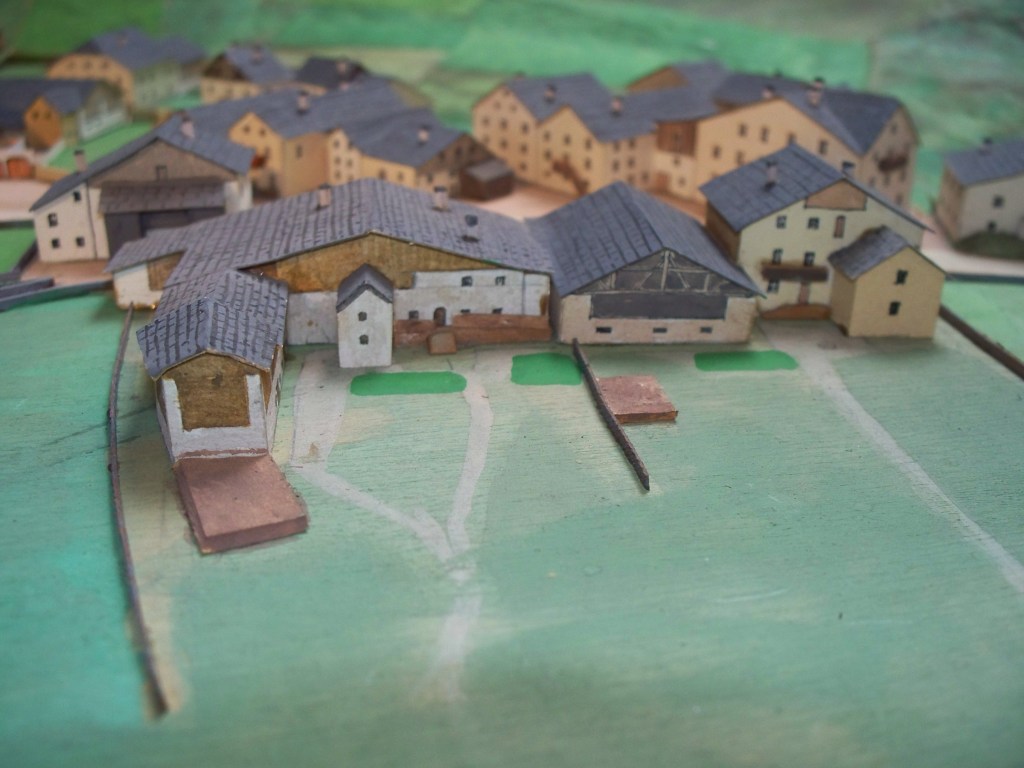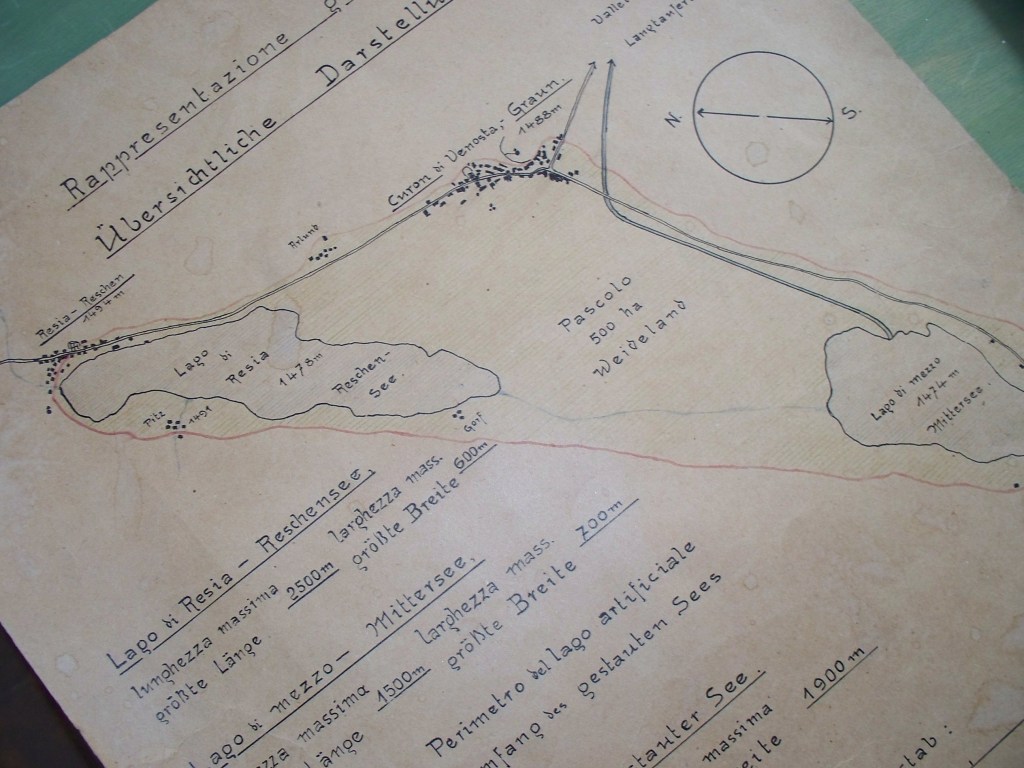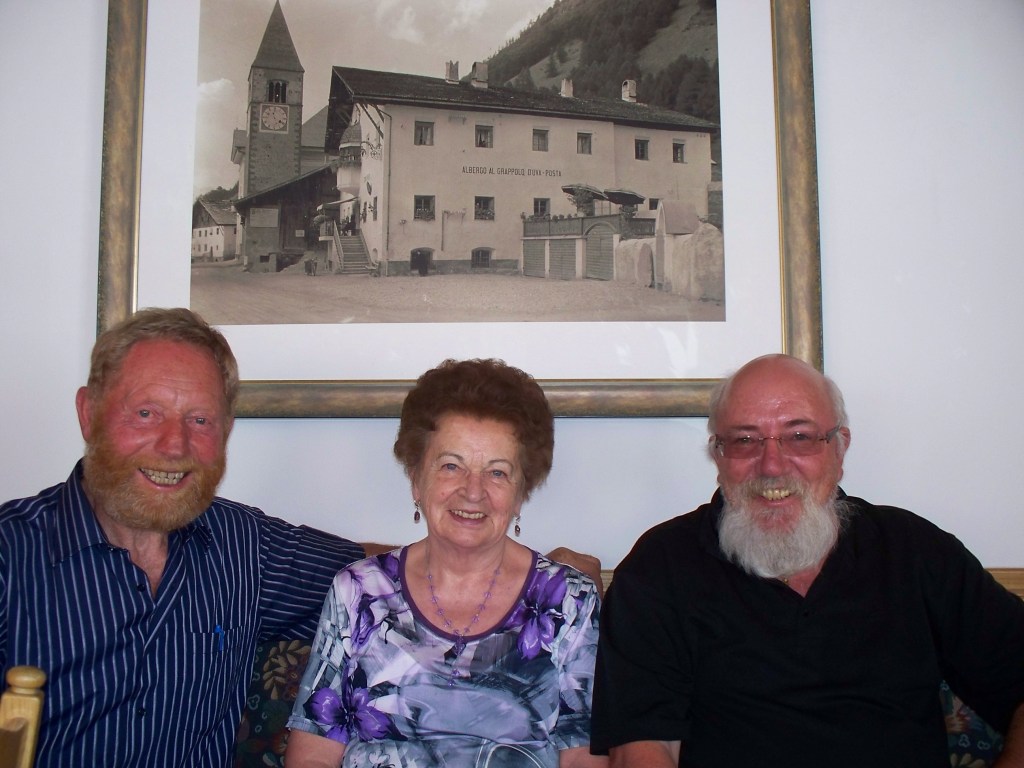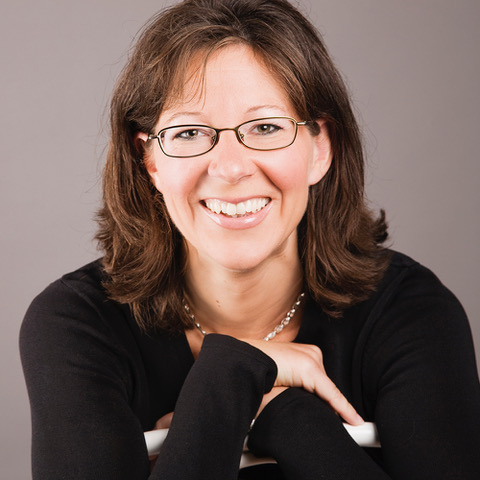Today I’m delighted to welcome Chrystyna Lucyk-Berger and her new book, Two Fatherlands, to my blog, to answer a few questions about the research that went into writing her series.
This sounds like a wonderful book, merging historical fact with a compelling narrative. Can you explain your research process to me, and give an idea of the resources that you rely on the most (other than your imagination, of course) to bring the historical characters/or events to life?
The research for this series was a journey unlike anything I will ever be able to share in the space available here. It was simply amazing. And daunting.
First, the process. I made the grave mistake of spending almost a decade researching my first novel on Ukraine in WW2, which ended being as much a novel as a documentary is a blockbuster action movie. I was trying to get a grasp on the sheer complexity of a world at war and I lost focus. So, after learning my lesson, I tackled the Reschen Valley series differently. I got the big picture, and had a rough idea of the lay of the land, so to speak, before I started writing. But even that took nearly five years before I could really get started because the majority of my resources were in German, and many more in Italian.
The other extra challenge I made for myself was that I was a pantser. I did not outline and plot out my books in advance. It wasn’t until I was at Bolzano that I had learned to appreciate outlining and I have never looked back. By the time I started Two Fatherlands, which is the fourth book in the main series (excluding the prequel), writing was all about “what happens to my characters next and how do I get them all to meet up again?”. The historical events take a firm background in the series but they are integral to the plot. I chose specific “drivers” for the different parts of the story. From the beginning, Angelo’s father—Colonel Nicolo Grimani—was my Mussolini rep, steering the Fascist agenda that makes up the main conflict in the series. Therefore, it is Angelo’s story that serves as the catalyst for bringing the historical mile markers to the forefront.
As I said, the main resources for my research were in German and Italian. I had the idea back in 2005 to write one book about the reservoir before I even started researching. That was before I had any idea how much was involved in the flooding of that valley! And nobody had really written about South Tyrol’s tragic history in English, except for one professor in Innsbruck whose work happened to have been translated thanks to an exchange program with an American university. The other was a Hungarian diplomat from the Sixties, who had written his memoirs about the South Tyrolean conflict in English. That was it! I had to learn German if I wanted to write this story. At the very least. Because the Italians had their own version…
I live in Austria. I am one of those language learners who learns by doing. I was immersed in German, I visited South Tyrol at least three times a year (I live half-a-day’s drive away), I pulled up all my Latin language knowledge for the Italian and dug in, trying to interpret the foreign information. It took me over 10 years from the first idea to really getting a grasp on the materials. This was long before Google translator, long before DeepL. I was going with what I could and it was like putting together a million-piece jigsaw puzzle. I didn’t get to work until 2010 and gave myself exactly two weeks to plan my characters and timeline. By the end of the two weeks, I had a three-book series planned. NOT plotted, which eventually put me back quite a bit as well.
My greatest sources were a museum in Graun and the eye-witnesses whose accounts I recorded about the valley and the flooding in 1950. That was fantastic. One of them gave me three books: someone had gone through all the trouble of recording every single family, every house, drawing out every piece of equipment they used for farming and cooking and cleaning and living, getting down the heritage, culture and lifestyle of the valley into one book. That was amazing. I use a lot of photos when I do research. I also try to travel to the places I write about. It brings so much to life for me. Other than books and books and books, I got copies of the original letters written from the civil engineering department and the offers sent to the landowners with the ridiculous prices. I had logs of how many cows, sheep, goats, pigs, horses, acres, etc., each farmer had. I got images of the aerial maps. I used the models built by those in the Obervinschgau Valley (the real name of the Reschen Valley) who wanted to demonstrate the absolute annihilation of the valley. I panned the huge model of the towns and villages with a video camera like a filmmaker would. That does not mean I stayed true to all the facts. I put, for example, one of the rivers near Katharina’s farm because I loved the sound that river made and I felt it was important to have her near it. I adjusted the lay of the land and even made her farm up higher than it would have been, because I wanted her to have a bird’s eye view of the valley. There’s plenty I fictionalized, but much, much more that I did not and where I stayed authentic.
Do you have a ‘go’ to book/resource that you couldn’t write without having to hand, and if so, what is it (if you don’t mind sharing)?
Yes, Felix Mitterer’s TV mini-series Verkaufte Heimat (Sold Homeland) was absolutely integral to my research. It provided me with plenty of inspiration and brought so much to life for me including clothing, colors, signage, how the rooms and buildings look, the feel and atmosphere, the body language differences when communicating. I study and train cross cultural communication, and so I am fascinated by how different cultures and personalities communicate; what we understand and what we meant to say, or not. I use these to concoct conflicts. By the time I’d seen the series though, I was already into the second book, The Breach, and had very similar storylines already happening based on anecdotes and eye-witness accounts from other research.
South Tyrol in the 20th Century by Prof. Rolf Steininger and Schöne Welt, Böse Leut (Beautiful World, Evil People) by Claus Gatterer also provided me tons of material. Only about four years ago, I managed to get my hands on a doctoral thesis by Brigitte Mari Pircher specifically related to the Reschensee reservoir and the building of it. Suddenly I had all those pieces about the lake in one very compact, succinct and accessible book. She used a lot of the same resources as I had, but she because she is bilingual, she had suddenly given me access to the Italian materials as well in German, which I am fluent in now. So that was exceptionally helpful. But I’ll tell you one thing, if I hadn’t at least mastered German, this would have been a difficult story to get down.
A couple of years ago, a South Tyrolean publisher expressed interest in translating the series. I got a ten-page questionnaire about the research and got corrected on five or six things that I had in the books (which I changed immediately) but 95% of what I confirmed and explained was spot on. It turned out that the translation costs were too high for them. Which is sad, because since then a lot of interest has been drummed up about the reservoir by both German and Italian authors, documentary filmmakers and even a Netflix series has been filmed on the Reschensee.
On a personal note, as a child I read all of the Chalet School books (they were old then), and this sounds like it follows some similar threads. I was enthralled when they had to escape from the Tyrol.
I just looked that up. That’s amazing. Sounds like the kind of series I would have devoured when I was younger!
Thank you so much for sharing your research with me. It’s fascinating.
Intrigued?
Here’s the blurb;
It’s a dangerous time to be a dissident…
1938. Northern Italy. Since saving Angelo Grimani’s life 18 years earlier, Katharina is grappling with how their lives have since been entwined. Construction on the Reschen Lake reservoir begins and the Reschen Valley community is torn apart into two fronts – those who want to stay no matter what comes, and those who hold out hope that Hitler will bring Tyrol back into the fold.
Back in Bolzano, Angelo finds one fascist politician who may have the power to help Katharina and her community, but there is a group of corrupt players eager to have a piece of him. When they realise that Angelo and Katharina are joining forces, they turn to a strategy of conquering and dividing to weaken both the community and Angelo’s efforts.
Meanwhile, the daughter Angelo shares with Katharina – Annamarie – has fled to Austria to pursue her acting career but the past she is running away from lands her directly into the arms of a new adversary: the Nazis. She goes as far as Berlin, and as far as Goebbels, to pursue her dreams, only to realise that Germany is darker than any place she’s been before.
Angelo puts aside his prejudices and seeks alliances with old enemies; Katharina finds ingenious ways to preserve what is left of her community, and Annamarie wrests herself from the black forces of Nazism with plans to return home. But when Hitler and Mussolini present the Tyroleans with “The Option”, the residents are forced to choose between Italian and German nationhood with no guarantee that they will be able to stay in Tyrol at all!
Out of the ruins of war, will they be able to find their way back to one another and pick up the pieces?
This blockbuster finale will keep readers glued to the pages. Early readers are calling it, “…engrossing”, “…enlightening” and “…both a heartbreaking and uplifting end to this incredible series!”
Universal Link Amazon Barnes and Noble
Indigo Kobo iBooks Mondadori Angus & Robertson
Meet the Author
Chrystyna Lucyk-Berger is an American author living in Austria. Her focus is on historical fiction. She has been a managing editor for a magazine publishing house, has worked as an editor, and has won several awards for her travel narrative, flash fiction and short stories. She lives with her husband in a “Grizzly Adams” hut in the Alps, just as she’d always dreamt she would when she was a child.
Website • Facebook • Twitter • Instagram • LinkedIn • Goodreads • Amazon Author Page • BookBub


